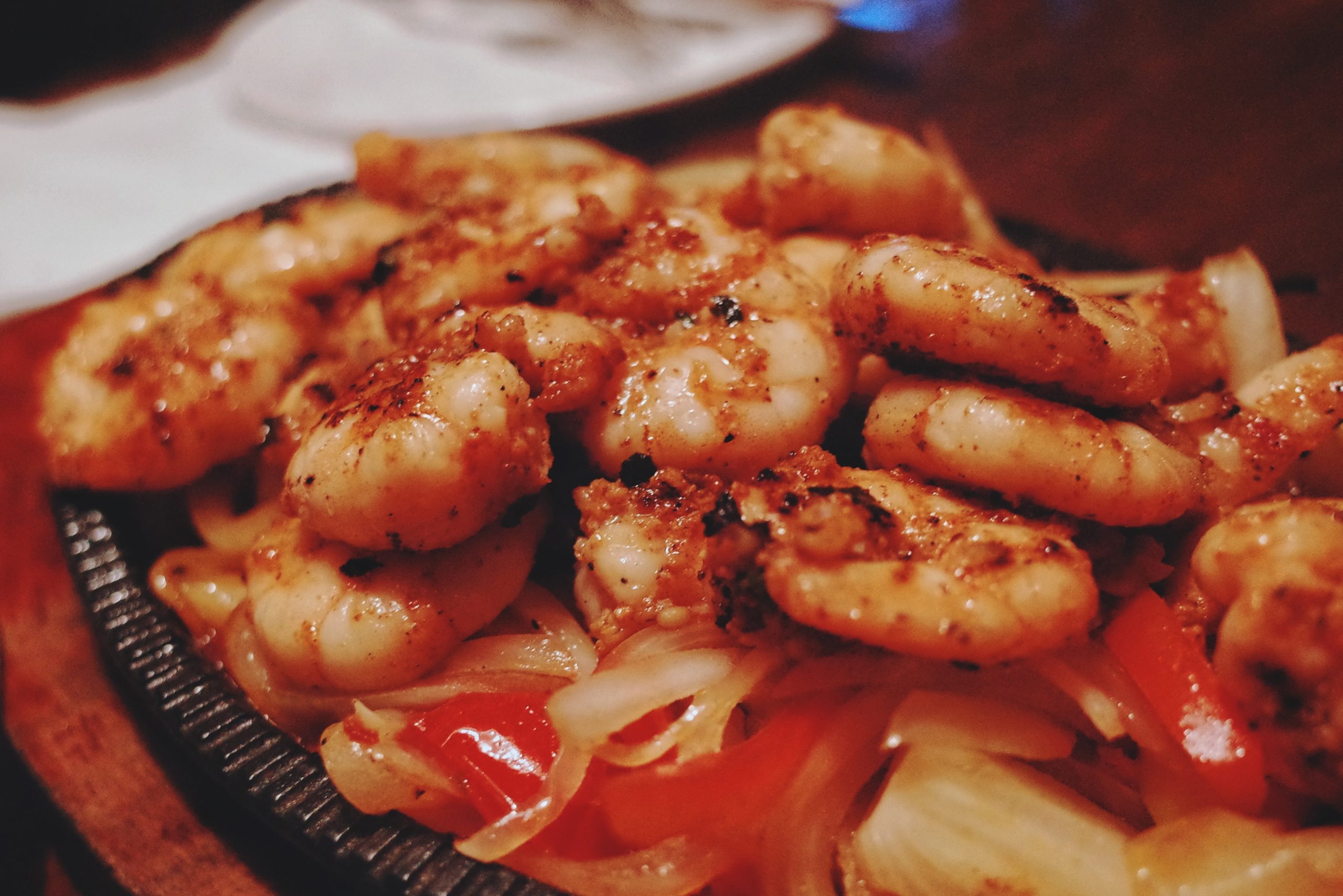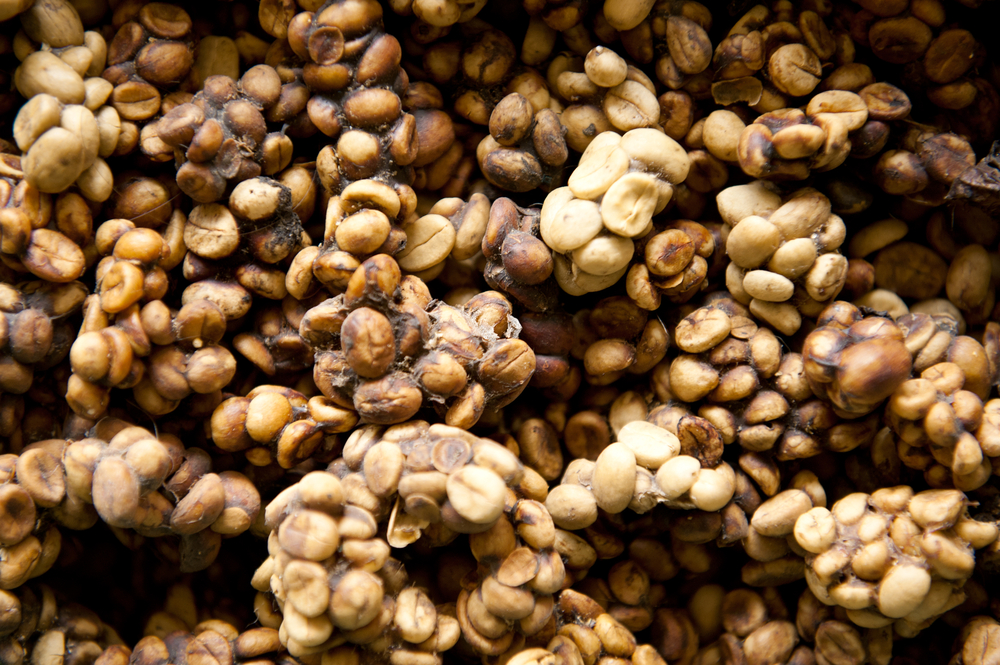As a versatile and affordable fish, tilapia is a staple in many households. However, due to concerns about sustainability and the quality of farmed tilapia, many people are looking for alternatives.
Fortunately, there are many fish varieties that can be used as substitutes for tilapia, each with their own unique flavor and texture.

Understanding Tilapia Tilapia is a freshwater fish that is native to Africa. It is a popular fish for farming because it is easy to breed and grow. However, there are concerns about the quality of farmed tilapia, as it can be raised in crowded conditions and fed an unnatural diet.
Additionally, some people are concerned about the sustainability of tilapia farming, as it can have negative impacts on local ecosystems.
Characteristics of a Good Tilapia Substitute When looking for a tilapia substitute, it’s important to consider the characteristics of the fish. A good substitute should have a mild flavor and a firm texture, making it versatile for a variety of cooking techniques.
Additionally, it should be sustainably sourced and have a similar nutritional profile to tilapia. Some popular substitutes include catfish, striped bass, and red snapper.
Key Takeaways
- Tilapia is a popular and affordable fish, but concerns about sustainability and quality have led many people to seek alternatives.
- A good tilapia substitute should have a mild flavor, firm texture, and be sustainably sourced.
- Some popular substitutes include catfish, striped bass, and red snapper.
Understanding Tilapia
As someone who has extensively researched and cooked with tilapia, I can tell you that it is a freshwater fish with a mild flavor that is popular in the United States.
It is one of the most farmed fish in the world, making it a popular and affordable choice for many consumers.
Tilapia is a sustainable fish option that can be farmed using aquaculture practices. In fact, some countries, such as Indonesia and Canada, have implemented strict regulations to ensure the sustainability of their tilapia farms.
This means that consumers can feel good about choosing tilapia as a seafood option.
When it comes to cooking with tilapia, it is a versatile fish that can be prepared in many different ways, from grilling to baking to frying. Its mild flavor makes it a great canvas for various seasonings and sauces, and it can easily be paired with a variety of side dishes.
Overall, tilapia is a great option for those looking for a sustainable and affordable seafood choice with a mild flavor.
Characteristics of a Good Tilapia Substitute
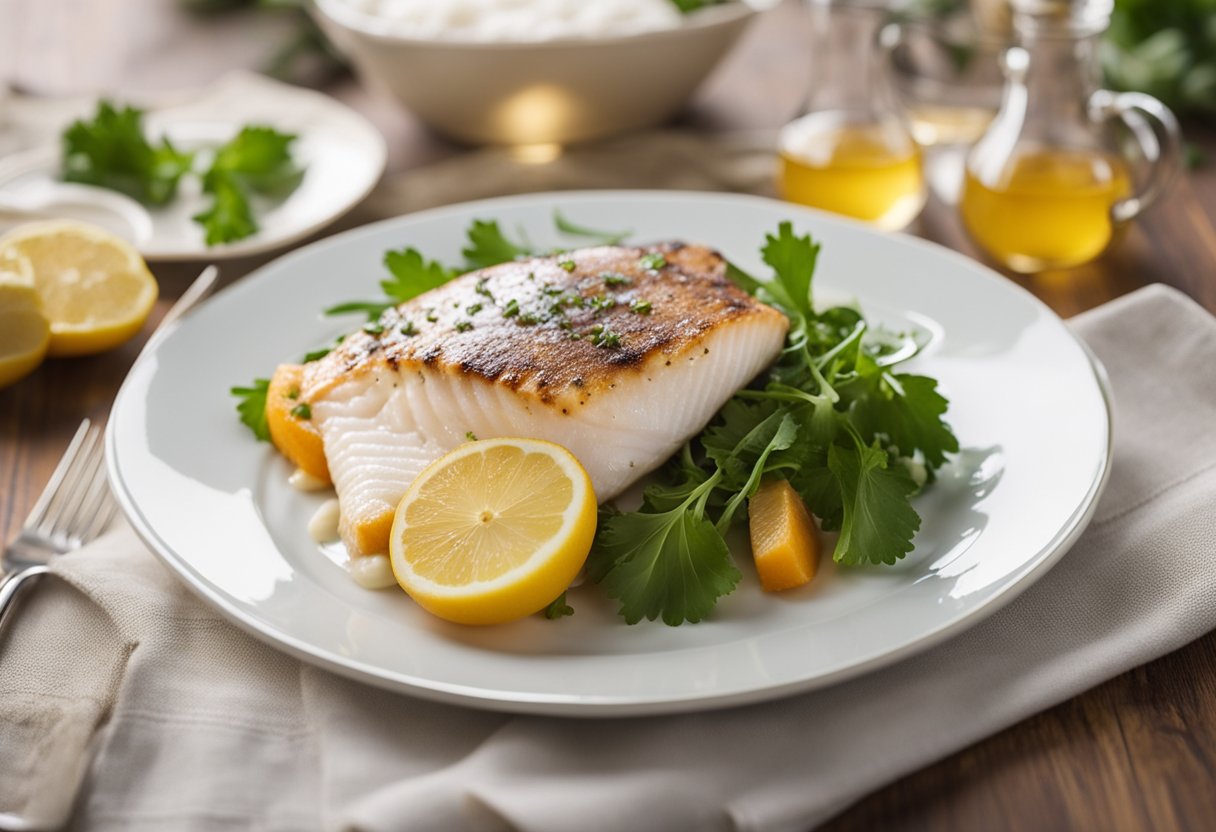
When looking for a substitute for tilapia, there are a few characteristics to consider. A good tilapia substitute should have a similar texture, moistness, and mild flavor to tilapia. It should also be versatile and easy to cook.
Texture
Tilapia has a firm texture that holds up well when cooked. A good substitute should also have a similar texture, so it can be used in the same recipes. Some good substitutes with a firm texture include catfish and striped bass.
Moistness
Tilapia has a moist and tender flesh that is easy to cook. A good substitute should also be moist and tender. Some substitutes that have a similar moistness to tilapia include catfish and trout.
Mild Flavor
Tilapia has a mild, sweet flavor that is easy to season. A good substitute should also have a mild flavor, so it can be used in a variety of recipes. Some good substitutes with a mild flavor include catfish and cod.
Versatile
Tilapia is a versatile fish that can be cooked in many different ways, including baked, fried, and grilled. A good substitute should also be versatile, so it can be used in the same recipes. Some good substitutes that are versatile include catfish, cod, and trout.
Easy to Cook
Tilapia is an easy fish to cook, which makes it a popular choice for many people. A good substitute should also be easy to cook, so it can be used in the same way. Some good substitutes that are easy to cook include catfish and cod.
Overall, when looking for a substitute for tilapia, it is important to consider the texture, moistness, mild flavor, versatility, and ease of cooking. By keeping these characteristics in mind, you can find a substitute that will work well in your favorite tilapia recipes.
Fish Varieties as Tilapia Substitutes

When it comes to finding substitutes for tilapia, there are many fish varieties to choose from. Here are some of the best options:
Catfish as a Substitute
Catfish is a popular freshwater fish that has a firm texture and a mild, sweet flavor that is similar to tilapia. It is also a good source of omega-3 fatty acids and vitamin B12. Catfish can be grilled, fried, or baked and is a great substitute for tilapia in fish recipes.
Red Snapper as a Substitute
Red snapper is a wild fish that has a sweet flavor and a firm texture, making it a great substitute for tilapia. It is also a good source of protein and omega-3 fatty acids. Red snapper can be grilled or baked and is a popular choice for fish recipes.
Rainbow Trout as a Substitute
Rainbow trout is a wild fish that has a nutty taste and a firm texture, making it a great substitute for tilapia. It is also a good source of protein and omega-3 fatty acids. Rainbow trout can be grilled or baked and is a popular choice for fish recipes.
Striped Bass as a Substitute
Striped bass is a wild fish that has a sweet flavor and a firm texture, making it a great substitute for tilapia. It is also a good source of protein and omega-3 fatty acids. Striped bass can be grilled or baked and is a popular choice for fish recipes.
Bass as a Substitute
Bass is a freshwater fish that has a mild flavor and a firm texture, making it a great substitute for tilapia. It is also a good source of protein and omega-3 fatty acids. Bass can be grilled, fried, or baked and is a popular choice for fish recipes.
Branzino as a Substitute
Branzino, also known as Mediterranean sea bass, is a wild fish that has a delicate flavor and a firm texture, making it a great substitute for tilapia.
It is also a good source of protein and omega-3 fatty acids. Branzino can be grilled or baked and is a popular choice for fish recipes.
Salmon as a Substitute
Salmon is a wild fish that has a rich flavor and a firm texture, making it a great substitute for tilapia. It is also a good source of protein and omega-3 fatty acids. Salmon can be grilled or baked and is a popular choice for fish recipes.
Flounder as a Substitute
Flounder is a wild fish that has a mild flavor and a firm texture, making it a great substitute for tilapia. It is also a good source of protein and omega-3 fatty acids. Flounder fillets can be grilled or baked and are a popular choice for fish recipes.
Lake Trout as a Substitute
Lake trout is a wild fish that has a mild flavor and a firm texture, making it a great substitute for tilapia. It is also a good source of protein and omega-3 fatty acids. Lake trout can be grilled or baked and is a popular choice for fish recipes.
Mullet as a Substitute
Mullet is a wild fish that has a mild flavor and a firm texture, making it a great substitute for tilapia. It is also a good source of protein and omega-3 fatty acids. Mullet can be grilled or baked and is a popular choice for fish recipes.
White Fish as a Substitute
White fish is a term used to describe several types of wild fish that have a mild flavor and a firm texture, making them great substitutes for tilapia.
Some popular white fish varieties include cod, pollock, halibut, bream, and whiting. White fish can be grilled or baked and are a popular choice for fish recipes.
Sole as a Substitute
Sole is a wild fish that has a mild flavor and a firm texture, making it a great substitute for tilapia. It is also a good source of protein and omega-3 fatty acids. Sole fillets can be grilled or baked and are a popular choice for fish recipes.
Cod as a Substitute
Cod is a wild fish that has a mild flavor and a firm texture, making it a great substitute for tilapia. It is also a good source of protein and omega-3 fatty acids. Cod can be grilled or baked and is a popular choice for fish recipes.
Other Fish Varieties
Other fish varieties that can be used as substitutes for tilapia include haddock, pollock, halibut, and bream. These fish have a mild flavor and a firm texture, making them great options for fish recipes.
Overall, there are many fish varieties that can be used as substitutes for tilapia in fish recipes. Whether you prefer freshwater or wild fish, there is a substitute out there that will work for you.
Cooking Techniques for Tilapia Substitutes
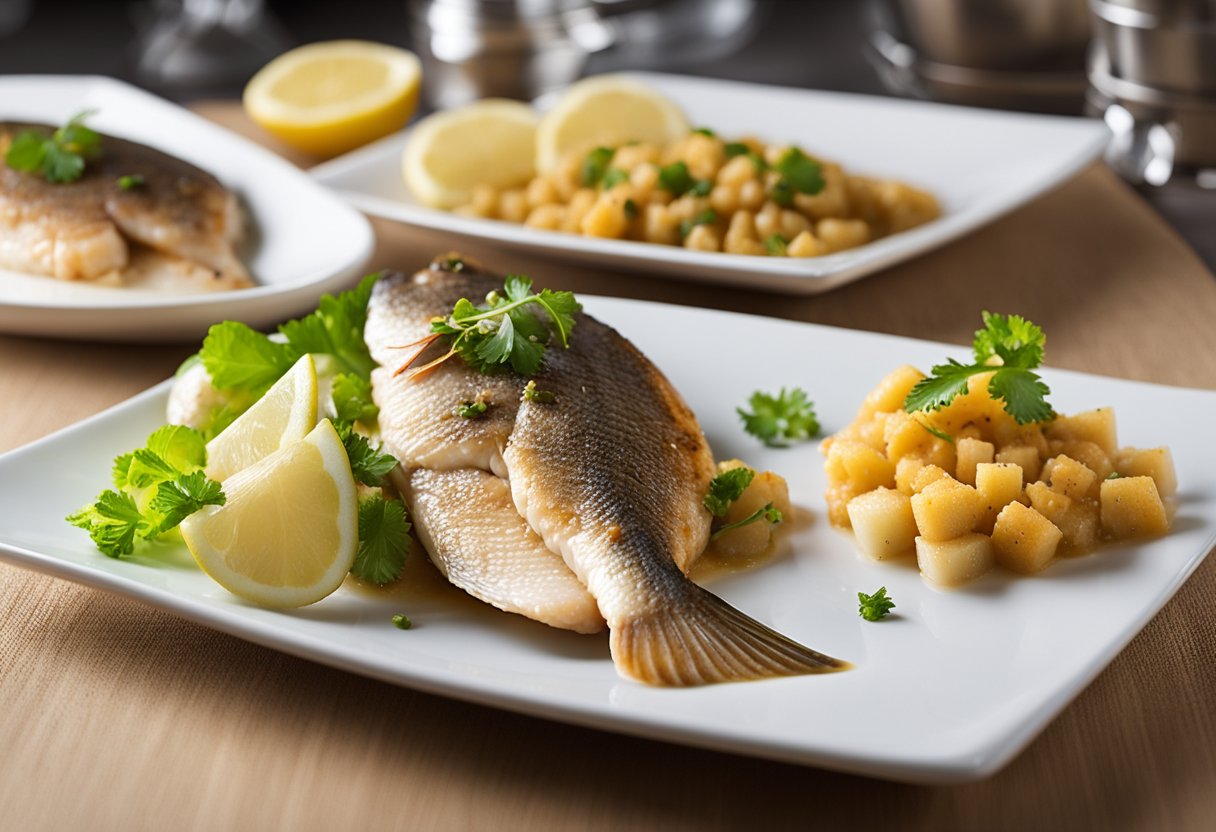
When it comes to cooking tilapia substitutes, there are a variety of techniques that you can use to achieve delicious results.
Here are some of my favorite cooking methods:
Grilling
Grilling is a great way to cook tilapia substitutes, especially if you want to infuse them with a smoky flavor.
Simply brush the fish with some oil and season it with your favorite spices, then grill it over medium-high heat until it’s cooked through. You can also wrap the fish in foil to keep it moist and tender.
Baking
Baking is a simple and easy way to cook tilapia substitutes. Preheat your oven to 375°F, place the fish in a baking dish, and drizzle it with some oil and lemon juice. Bake for 15-20 minutes, or until the fish is cooked through and flaky.
Pan-Frying
Pan-frying is a classic technique that works well with tilapia substitutes. Heat some oil in a nonstick skillet over medium-high heat, then add the fish and cook for 3-4 minutes per side, or until it’s golden brown and crispy.
You can also season the fish with some flour or breadcrumbs to give it a crunchy coating.
Oven-Baking in Foil
Oven-baking in foil is a great way to cook tilapia substitutes if you want to keep them moist and flavorful.
Simply place the fish in a foil packet with some vegetables and seasonings, then bake it in the oven at 375°F for 15-20 minutes, or until it’s cooked through and tender.
Pan-Searing
Pan-searing is a quick and easy way to cook tilapia substitutes if you’re short on time. Heat some oil in a nonstick skillet over high heat, then add the fish and cook for 1-2 minutes per side, or until it’s browned and crispy. You can also season the fish with some herbs and spices to add flavor.
Stews and Soups
Tilapia substitutes are also great in stews and soups. Simply add the fish to your favorite soup or stew recipe and simmer it until it’s cooked through and tender. You can also use tilapia substitutes in fish stews or chowders for a hearty and satisfying meal.
Fish Tacos
Tilapia substitutes are perfect for fish tacos. Simply grill or pan-fry the fish, then serve it in a warm tortilla with your favorite toppings, such as salsa, avocado, and cilantro.
You can also use tilapia substitutes in other Mexican-inspired dishes, such as enchiladas or quesadillas.
Overall, there are many different cooking techniques that you can use to prepare tilapia substitutes. Whether you’re grilling, baking, pan-frying, or using them in soups and stews, these fish are versatile and delicious.
Seasoning Tilapia Substitutes

When it comes to seasoning tilapia substitutes, there are many options available to enhance the flavor of the fish. Here are a few ways to season your tilapia substitutes:
Salt and Pepper
Salt and pepper are the most basic seasonings and can be used to enhance the natural flavor of your tilapia substitute. You can season your fish with salt and pepper before cooking it or add them to your recipe while cooking.
Olive Oil
Olive oil is a great seasoning for tilapia substitutes. It adds a rich flavor and helps to keep the fish moist during cooking. You can use olive oil to marinate your fish before cooking or add it to your recipe while cooking.
Seasonings
Seasonings like garlic, onion powder, and paprika can be used to add flavor to your tilapia substitute. These seasonings can be mixed together and rubbed onto the fish before cooking or added to your recipe while cooking.
Spices
Spices like cumin, coriander, and chili powder can be used to add a unique flavor to your tilapia substitute. These spices can be mixed together and rubbed onto the fish before cooking or added to your recipe while cooking.
Overall, there are many ways to season your tilapia substitute to enhance its flavor. Whether you prefer basic seasonings like salt and pepper or more complex flavors like spices and seasonings, there is a seasoning option that will work for you.
Nutritional Value of Tilapia Substitutes
As someone who is health-conscious, I always make sure to consider the nutritional value of the food I eat. When it comes to tilapia substitutes, it’s important to find alternatives that are not only tasty but also packed with essential nutrients.
One of the most important factors to consider is protein. Protein is essential for building and repairing tissues in our bodies, and it’s especially important for athletes and those who lead an active lifestyle.
Luckily, many tilapia substitutes are high in protein, such as catfish, cod, and rainbow trout, which all contain around 20 grams of protein per 100 grams of fish.
Another important nutrient to consider is omega-3 fatty acids. Omega-3s are essential for brain health, reducing inflammation, and improving heart health.
Tilapia substitutes such as catfish, cod, and rainbow trout are also high in omega-3s, making them a great choice for those looking to boost their intake of this important nutrient.
In addition to protein and omega-3s, many tilapia substitutes are also packed with other essential nutrients. For example, catfish is a good source of vitamin B12, which is important for maintaining healthy nerve cells and DNA.
Swai, another popular tilapia substitute, is rich in selenium, a mineral that helps protect against oxidative stress and supports thyroid function.
Overall, there are many tilapia substitutes that are both healthy and delicious. By choosing alternatives that are high in protein, omega-3s, and other essential nutrients, you can ensure that you’re getting the most out of your meals.
Sustainability of Tilapia Substitutes
As a responsible consumer, I always consider the sustainability of the fish I consume. Tilapia has become a popular choice due to its mild flavor and affordability, but it is important to note that not all tilapia is sustainably farmed.
In fact, some tilapia farms have been known to cause environmental harm.
When looking for substitutes for tilapia, I prioritize sustainable options. Some good choices include U.S. wild-caught catfish, rainbow trout, and red snapper.
These fish are all considered sustainable options by organizations such as Seafood Watch and the Marine Stewardship Council.
It is important to note that sustainability can vary depending on the specific fishery or farm. For example, some catfish farms may use unsustainable practices such as high levels of antibiotics or chemicals. It is always important to do your research and choose fish from reputable sources.
In addition to choosing sustainable substitutes, there are other ways to reduce the environmental impact of seafood consumption.
One way is to choose fish that are lower on the food chain, such as sardines or anchovies. These fish are often more abundant and require less resources to farm or catch.
Overall, when looking for substitutes for tilapia, I prioritize sustainability and try to choose fish that are responsibly farmed or caught.
By making informed choices, we can help ensure the health of our oceans and the future of seafood for generations to come.
Frequently Asked Questions
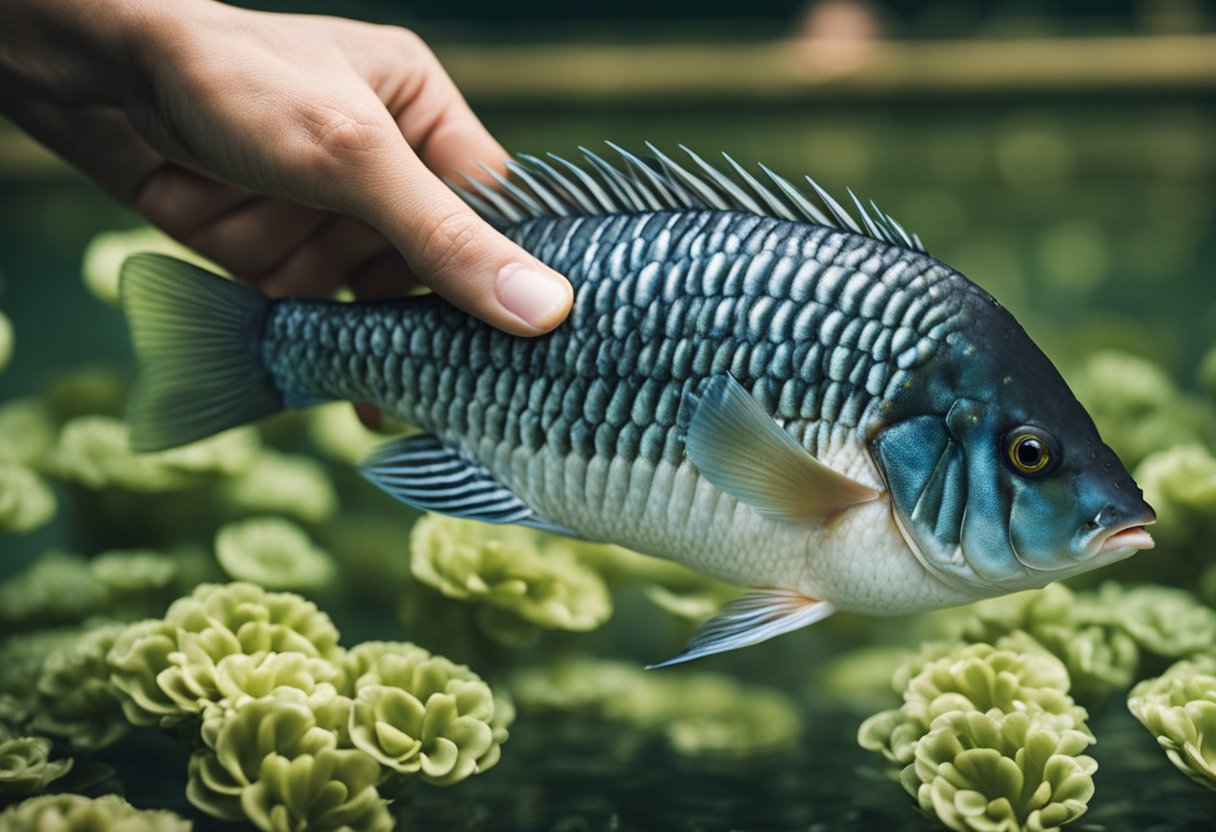
What are some alternative fish options to tilapia?
If you’re looking for a substitute for tilapia, there are several fish options available. According to a source, some of the best substitutes for tilapia include catfish, striped bass, whiting, red snapper, and flounder fillets.
These fish have a mild flavor and similar texture to tilapia, making them suitable for use in most recipes.
What fish has a similar taste to tilapia?
Catfish is one of the fish that has a similar taste to tilapia. According to a source, catfish has a firm texture and mild flavor that is comparable to tilapia. Striped bass is another fish that has a similar taste to tilapia, with a mild and slightly sweet flavor.
Can you substitute tilapia with other types of fish?
Yes, you can substitute tilapia with other types of fish. As mentioned earlier, catfish, striped bass, whiting, red snapper, and flounder fillets are some of the best substitutes for tilapia.
These fish have a mild flavor and similar texture to tilapia, making them suitable for use in most recipes.
What are some healthy fish options similar to tilapia?
If you’re looking for a healthy fish option similar to tilapia, there are several choices available. According to a source, some of the healthy fish options similar to tilapia include catfish, rainbow trout, flounder, and bream.
These fish are low in calories, high in protein, and rich in omega-3 fatty acids, making them a nutritious choice.
What are the nutritional differences between tilapia and other fish?
The nutritional differences between tilapia and other fish depend on the type of fish. According to a source, tilapia is a lean source of protein that is low in calories and fat but high in protein.
On the other hand, salmon is high in omega-3 fatty acids, which are essential for heart health. Catfish is high in vitamin B12, which is essential for a healthy nervous system.
How does the price of tilapia compare to other fish options?
The price of tilapia varies depending on the location and season. According to a source, tilapia is usually less expensive than other fish options, such as salmon or sea bass.
However, the price of tilapia may be higher than other fish options, such as catfish or rainbow trout, depending on the location and season.




